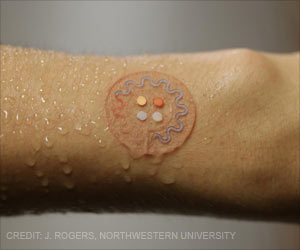Night-shift workers are at higher risk of developing sleep disorders and metabolic syndrome. Incorporating aerobic exercise into their physical activity can improve sleep quality and prevent heart attack.
- Shift workers, especially night shift workers are prone to developing sleep disorders and metabolic syndrome
- The risks increase even more for those who work on irregular or rotating shifts
- Making changes in your lifestyle, like consuming nutritious food and increasing physical activity can prevent you from developing the risks
Significant Portion of the Workforce
Kulkarni says 17.7% of the U.S. labor force works outside the hours of 6 am and 6 pm. She adds that shift workers are central to the travel, hospitality and ecommerce industries, as well as the 24-hour support needed from nurses, physicians and first-responders, like police and firefighters.
One study found 9% of night-shift nurses developed metabolic syndrome, compared to only 1.8% of day shift nurses. Other studies have noted that risks gradually increase with accumulated years of shift work.
Working at nights disrupts individuals’ circadian rhythm, the body’s internal clock responsible for neural and hormonal signaling. Once a person’s circadian rhythm is desynchronized from their sleep/wake cycle, they will likely experience disturbances in hormonal levels, including increased cortisol, ghrelin and insulin and decreased serotonin, among others.
It Starts with Sleep
She adds that workers can maximize their rest by following some basic tips:
- Sleep in a 7- to 8-hour block every 24 hours, ideally at the same time each day
- Schedule the main block of sleep as close to evening or night as possible to minimize circadian disruption
- Take an additional nap for 20 to 120 minutes earlier in the day to prevent fatigue
Exposure to light promotes wakefulness in general, so researchers recommend night shift workers increase their light exposure prior to and throughout their shifts. In addition, employers can install high-intensity lights (~3,000 lux) to simulate daylight exposure and assist circadian adaptation.
Conversely, when coming off shift, workers should minimize their blue light exposure. Blue light is prominent in electronic screens and can delay melatonin production. Research shows avoiding blue light 2 to 3 hours before sleep can improve sleep quality. Kulkarni says workers can stay off their devices and/or wear orange tinted goggles to block out blue light.
Diet and Exercise
Prior studies have shown shift workers are more likely to eat snacks higher in sugar and saturated fat while consuming less protein and vegetables, and more likely to skip meals. Kulkarni points out that diet is even more critical for people at risk for metabolic disorder and recommends the following to improve nutrition:
- Eat three meals a day at close to the same time each day, with more calories consumed earlier in their wake cycle
- Make sure meals and snacks primarily incorporate protein and vegetables
- Employers can assist by offering nutritious options in vending machines and break rooms, and by scheduling regular breaks earlier in the shift.
"It’s true that getting enough sleep, eating right and exercising are critical to everyone’s health," says Kulkarni. "However, the nature of shift work is so disorienting and discordant with those principles, we really need to help people in those jobs strategize ways to get what they need."
Source-Eurekalert
















